This guide is a culmination of over a year’s exploration and experimentation, spurred by a support request to Blackmagic that, let’s just say, took its time reaching fruition. Nevertheless, let’s dive in and see if the DeckLink Quad HDMI Recorder plays nicely with Linux.
Have questions about your setup? Ask in our forums.
DRIVERS
1. Download the latest version of Desktop Video from BlackMagic.
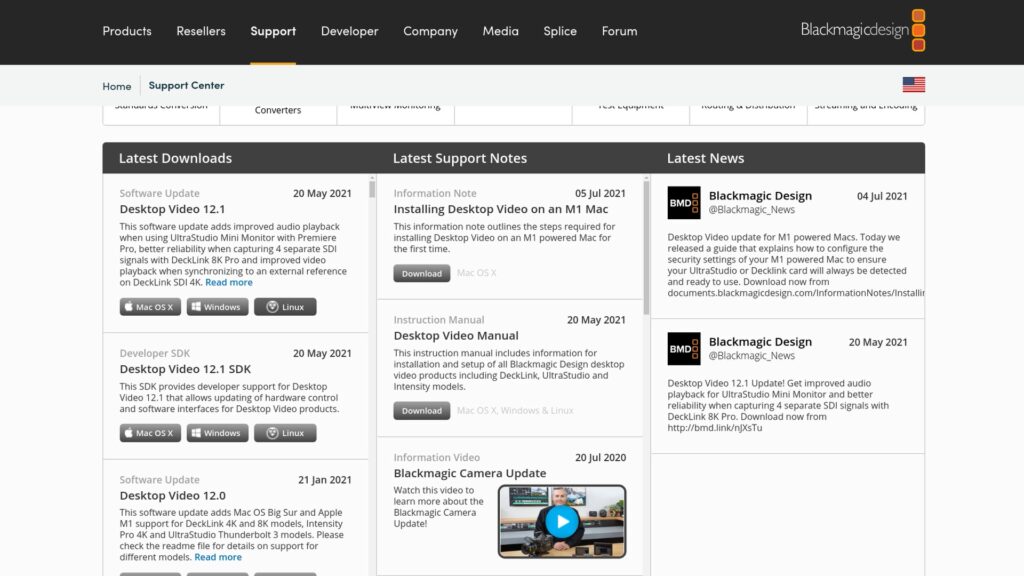
2. Install the required packages for compiling the Blackmagic kernel module. This example is for Debian / Ubuntu / PopOS.
sudo apt install build-essential linux-headers-$(uname -r)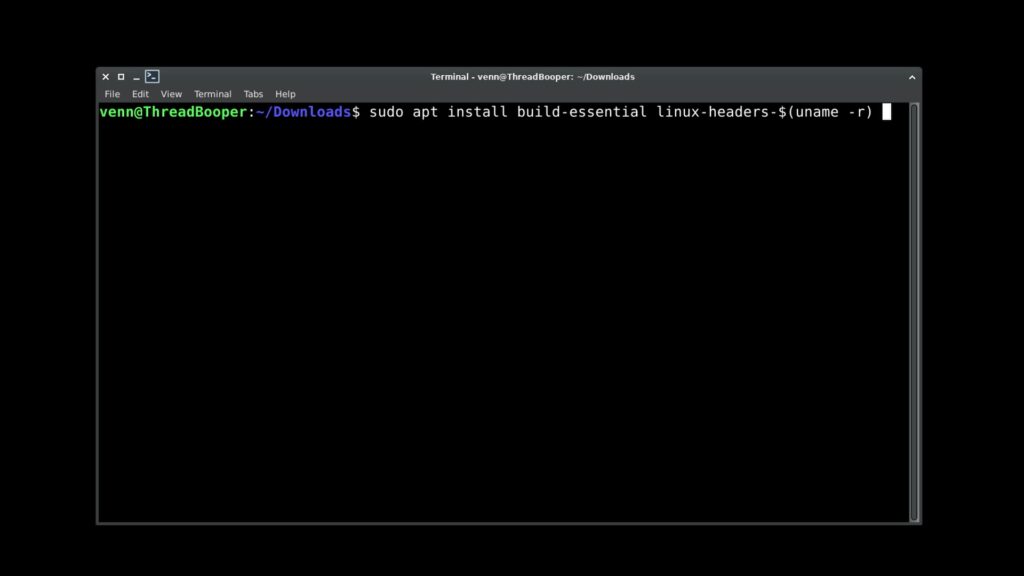
3. Decompress the Blackmagic driver.
tar -xf Blackmagic_Desktop_Video_Linux_12.1.tar
4. Navigate to /Blackmagic_Desktop_Video_Linux_12.1/deb/x86_64 and install the packages using apt.
sudo apt install ./*.deb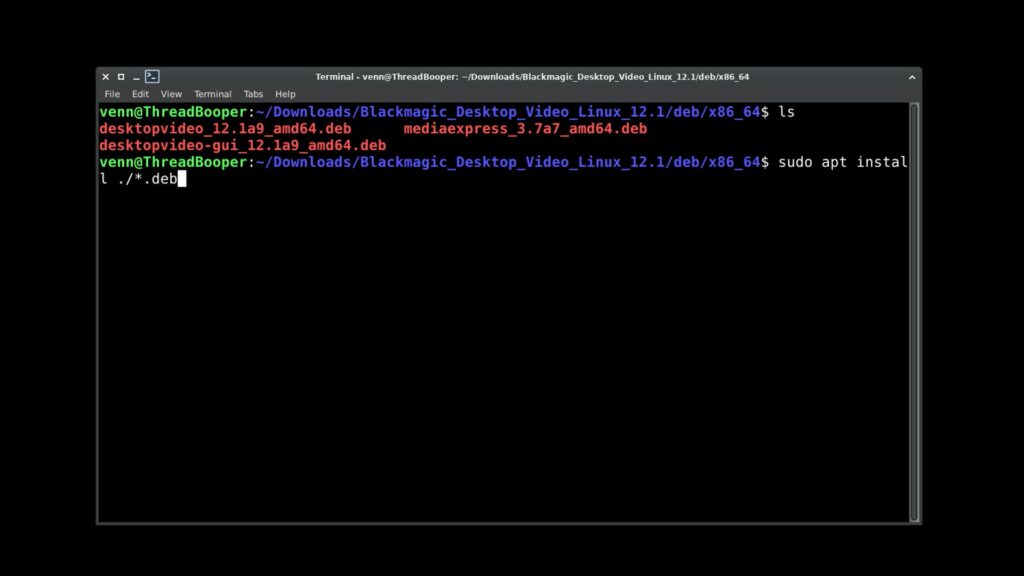
5. Reboot the system.
Note: If you perform update the firmware, you must power down the system completely.
OBS
Add the Decklink Quad to OBS by adding a Blackmagic Device to your OBS sources.

You can configure your device from the properties window.

AMD THREADRIPPER / EPYC FIX
You will need to add amd_iommu=off to your grub config. This prevents the card from dropping frames and generally spazzing the hell out.

Note: Don’t forget to update initramfs.
sudo update-initramfs -uVerdict:
At the end of the day, the DeckLink Quad HDMI Recorder knows how to Linux. It’s taken a few years to hammer out the bugs, but now it does everything it claims on the tin. More importantly, it’s the only 4K quad in this price range.
Blackmagic DeckLink Quad HDMI

DeckLink Quad HDMI Recorder is a high performance PCIe card that lets you capture from 4 different HDMI sources.
Pros
4X 1080p capture
4X 2160p capture
Low noise.
Relatively inexpensive.
Cons
Blackmagic support.
Runs hot.
DSLR compatibility can be iffy.
Can't be used as a webcam.
Have questions about your setup? Ask in our forums.

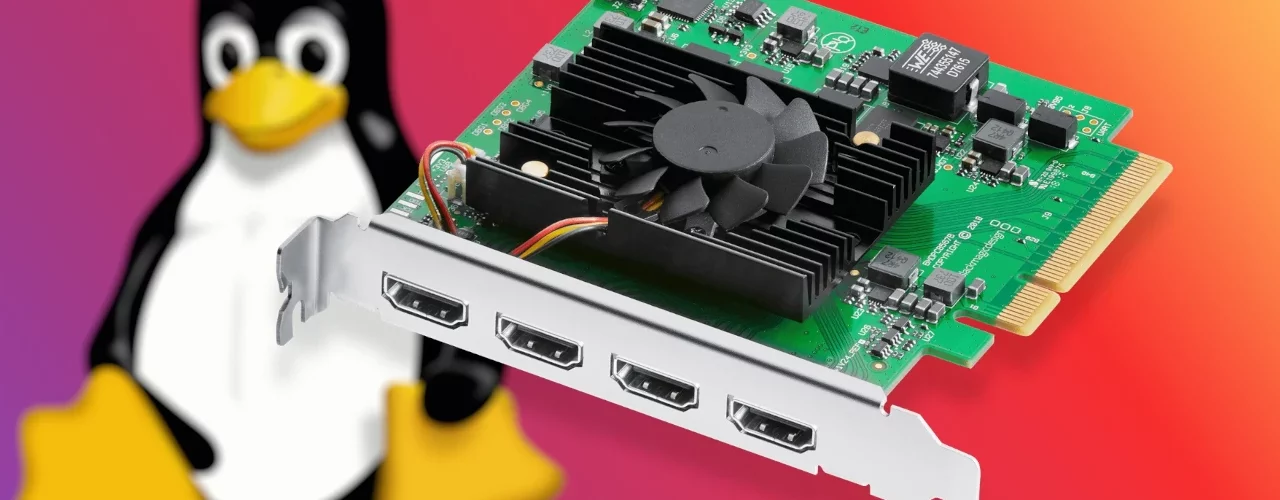

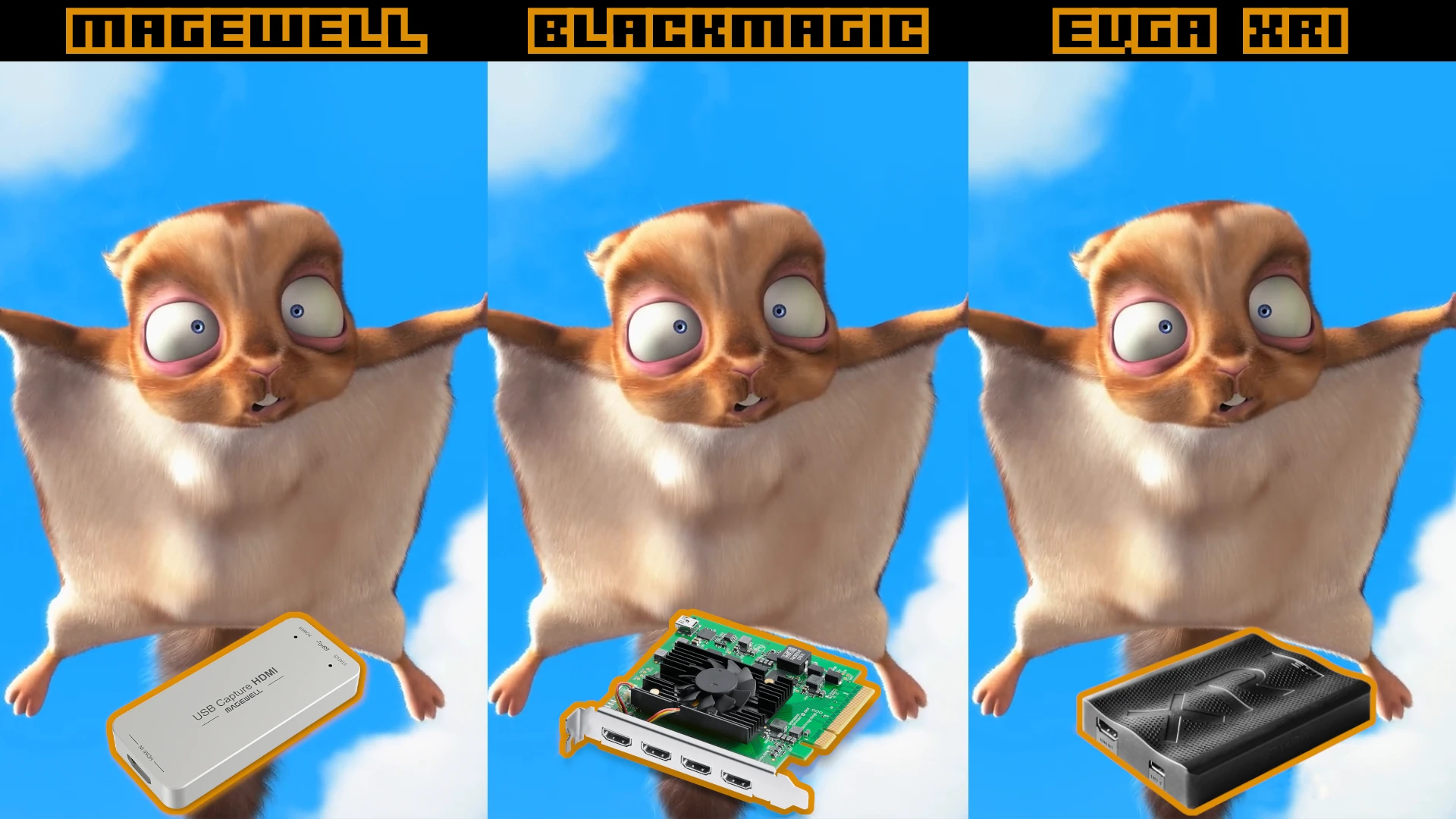

Add comment